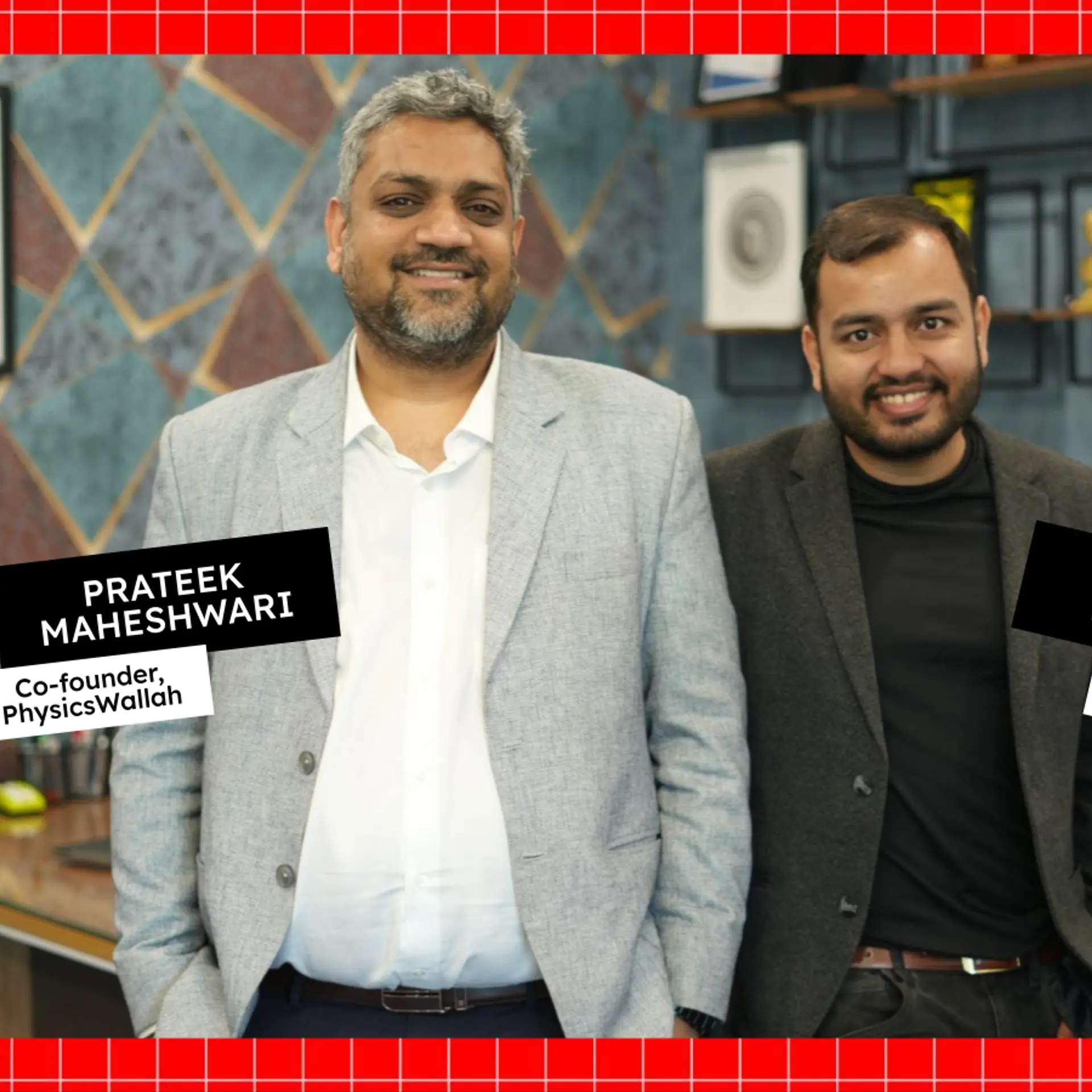Second-generation entrepreneur creates luxury with leather
Lifestyle brand The Leather Boutique has created a niche for itself through the online and offline channels in its five years of existence.
Timeless, classic, and chic – these words, when they describe an item in our wardrobes, most often talk of something in leather, be it a bag, belt, jacket or boots.
The fashion-conscious often profess their love for leather and it was this sentiment that drove 37-year-old Zeshan Rahaman to create products and a brand that would come to spell style and luxury.
No stranger to leather – his father imported fine leathers for factories and designers in the late 1980s – Zeshan used his contacts in the industry to create and start The Leather Boutique in 2012.
“After a number of years of working with factories and designers in India, it seemed a natural outcome for me to launch my own brand for premium leather goods,” says Zeshan.
Leather craft
Backed by experience from his father’s company Intertrade, The Leather Boutique has carved a niche as a lifestyle brand and sells premium leather goods and accessories.
The product line includes wallets, messenger bags, duffel bags, totes, clutches, jackets, card holders, folders, and sleeves, among other things, for men and women.
“Exposure to luxury brands overseas as against shoddy products available to Indians in the domestic market was the main driving force behind creating the brand. It is inspired by nature and simplicity. The finest of leathers and functional design is used to revive the forgotten art of leather crafting.”
European leather and raw materials from India go into making products at The Leather Boutique, and most products are handcrafted. At the company’s partner factories, goods are manufactured in limited batches and sold in stores and online.
The Leather Boutique’s flagship store is at Lavelle Road in Bengaluru and also houses a furniture line along with clothing and accessories. The company has partnered with two to three large retail stores to sell its goods.

Multichannel brand
Says Zeshan, “The toughest challenge has been moulding the brand from a brick-and-mortar model to a multichannel brand. However, we have had the privilege of executing large orders for companies, and sporting organisations within India, and we did this with hard work and dedication.”
Zeshan studied advertising and marketing in the UK and also has a diploma in leather export management.
On the company’s revenue, Zeshan says, “We have seen a 30-35 percent gross revenue growth year-on-year.” The Leather Boutique, he says, broke even in the third year of operations. Online and offline channels contribute to the revenue in the ratio of 60:40.
Bootstrapped so far, TLB has a small team of eight employees. The core team consists of Zeshan, along with his wife Jayanti Bhattacharya, who manages the marketing aspect of the business.
The product design is handled by Zeshan and merchandise consultant Gauri Spratt. The team sources leather from overseas, and products are designed in-house based on specifications from the design team. These designs are then sent to partner factories for manufacturing.
Zeshan says the entire process of a product going from the design board to the shop shelf takes about 90-100 days.
Talking about the brand’s key differentiator, Zeshan says, “We are a boutique brand and are able to keep costs down. At the same time, we focus on providing the best quality product at an affordable price when compared with other brands.”
The market landscape
The Indian luxury goods market is expected to cross $20 billion by 2018 and is growing at a fast clip, mainly driven by consumption in smaller towns and cities.
Increasing internet penetration in Tier II and Tier III cities, along with increasing disposable income has led to higher spends on products in the premium category.
The Leather Boutique’s competing brands include Hidesign, Nappa dori, Holii, and Baroque.
Going forward, the company is focussing on the online play, along with corporate gifting. Says Zeshan, “We have also partnered with various catalogues like the MasterCard, where subscribed companies can gift the employees benefits/vouchers, which in return are encased with us.”







